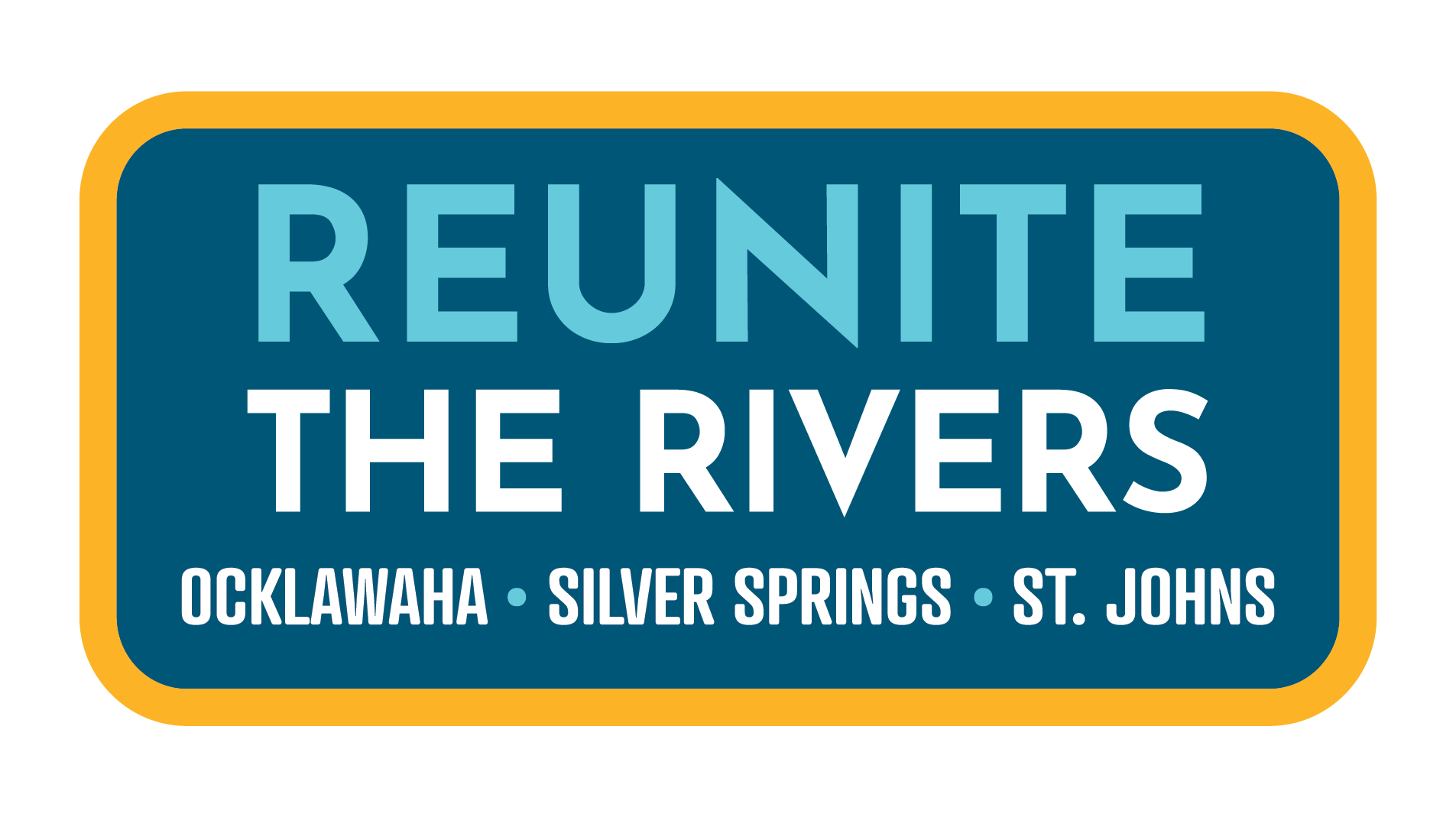Deep Creek
Deep Creek is one of the tributaries of the Ocklawaha River and a William Bartram historical site.
Location
CR310 Bridge; Bartram trail marker 31
Bartram Trail Marker Number 31 is located on the roadside at the Deep Creek bridge. It is most easily accessed by land, however, can be reached by water as well.
Amenities: There are numerous places to launch paddle craft on the shoreline of Rodman Reservoir, including at the Deep Creek Bridge, however there are also established boat ramps nearby.
Cost/Fees: None
Conservation Significance
- The Deep Creek section of the Cross Florida Greenway is the basin marsh and river floodplain area north of CR 310. This area was impacted during the creation of the Rodman Reservoir and was planned to be a secondary holding pool for the reservoir. River bottomland and floodplain swamp was converted to a basin marsh (pink areas) system from the impacts created during the construction of the reservoir.
- This area serves as the outsource point for the Alligator creek, Deep Creek, and Poley Branch systems flowing into the Ocklawaha River.
- The uniqueness of this hydrological convergence makes this area of the Cross Florida Greenway a significant natural feature.
- This area is part of an ancient creek system that includes the Ocklawaha and St. Johns Rivers. Due to the antiquity of this system, there is expectation that this area may contain rare and endemic species that will require a documented survey to be completed.
- The short-term strategy for Deep Creek is the control of exotic plants. Exotic control procedures should coincide with current management methodologies as recommended by FDEP, Bureau of Invasive Plant Management.
- The long-term strategy for Deep Creek relies on the larger restoration of the Ocklawaha River system.
- The basin marshes are expected to rapidly recover to their historic floodplain swamp condition if restoration of the Ocklawaha River hydrological regime is restored.
- This project should be included as part of the larger Ocklawaha River Restoration Project as recommended by the U.S. Forest Service in the 2001 Final Environmental Impact Statement. See Stream Corridor Restoration, (USDA 2001)
- During Bartram’s day, the Ocklawaha was in its natural state and consequently the reservoir that approaches the roadway at this point was not present and the creek bed would not have been flooded to the extent that it is today. The crossing would have been less onerous when Bartram visited in 1774.
Source: The Marjorie Harris Carr Cross Florida Greenway Land Management Plan Submitted by: Laura Namm-NeSmith, MLA School of Design, Construction, And Planning Landscape Architecture Department University of Florida August 2003
Historic Significance
- William Bartram travelled with the traders to the Indian capital of Cuscowilla (present-day Micanopy in Paynes Prairie) twice.
- On one occasion he met Cowkeeper, the Creek chief that gave Bartram his Indian name: Puc-Puggy – the flower hunter.
- His journey was over land by horseback from the Lower Store to Midway Pond (now Cowpen Lake) then on to Paynes Prairie.
- Bartram observed and recorded many plants and animals including the scrub jay and mockingbird.
- The roadway crossing Deep Creek is believed to follow the old trading trail from Spalding’s Lower Store to points west.
